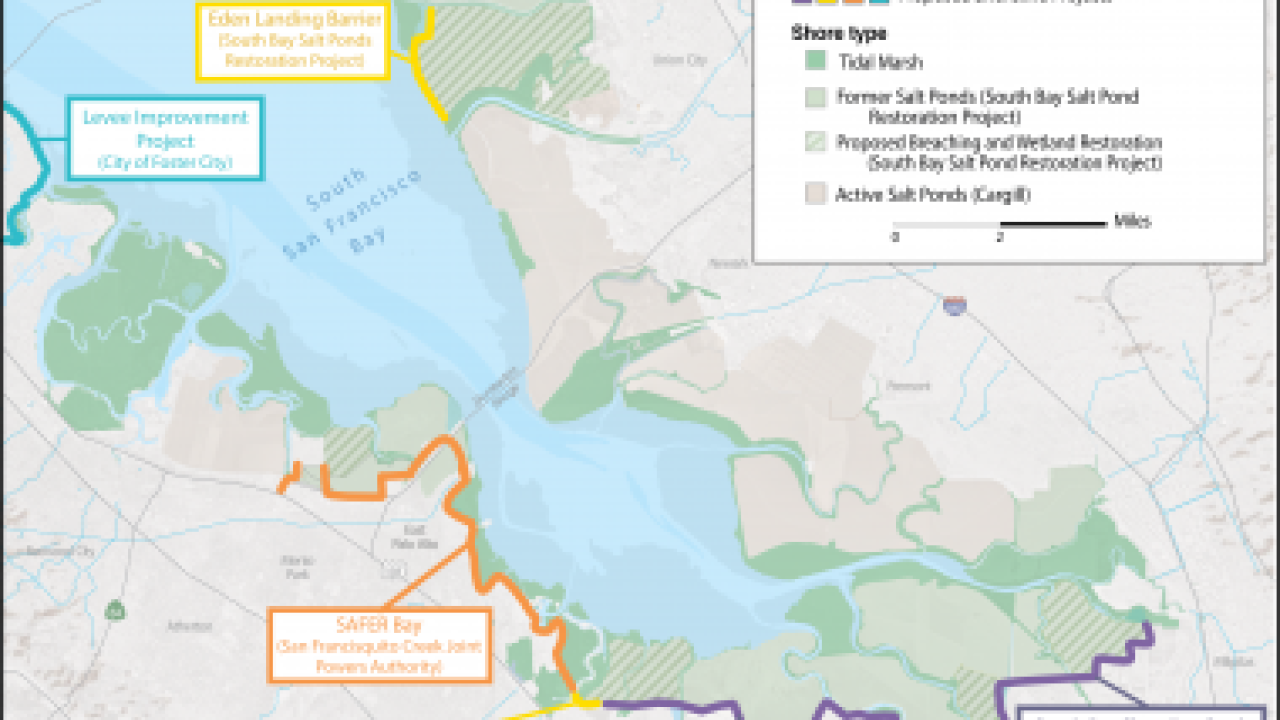
The Governance Gap: New Report on Adapting to Sea-Level Rise in SF Bay
As part of our NSF project on sea-level rise adaptation, I am very happy to officially release the final version of our report on governance challenges in the SF Bay Area. This report summarizes the results of an extensive study of governance for climate adaptation and sea-level rise in the SF Bay Area, where the concept of sea-level rise adaptation also includes coastal flooding from high tides and extreme storm events. We focus on the “governance gap” that exists between the problem of sea-level rise and the implementation of adaptation solutions that increase resilience. The governance analysis was conducted in Fall 2016-Winter 2017, and is based on a qualitative case study that combines in-person interviews, focus groups, document analysis, and content analysis of interview responses. The draft report was made available to study participants in Spring 2017, along with two webinars for receiving feedback. Participants included leaders of governmental and non-governmental organizations across the SF Bay Area region. The research focused mainly on sea-level rise and coastal flooding, but also linked to broader issues of climate adaptation when appropriate. Focus groups deliberated on the best possible solutions to solving the identified governance challenges. Respondents identified the overarching governance challenge as the imperative for multi-level cooperation among all sea-level rise adaptation stakeholders. Sea-level rise adaptation entails interdependencies, where the vulnerabilities and adaptation decisions of local actors impose regional costs and benefits. While regional cooperation is beginning to emerge, most stakeholders see a critical need for shared learning, coordination and planning. The recommendations provided in this report are intended to accelerate the processes of learning and cooperation needed to address the increasingly urgent problem of sea-level rise and coastal flooding.

Disqus Comments